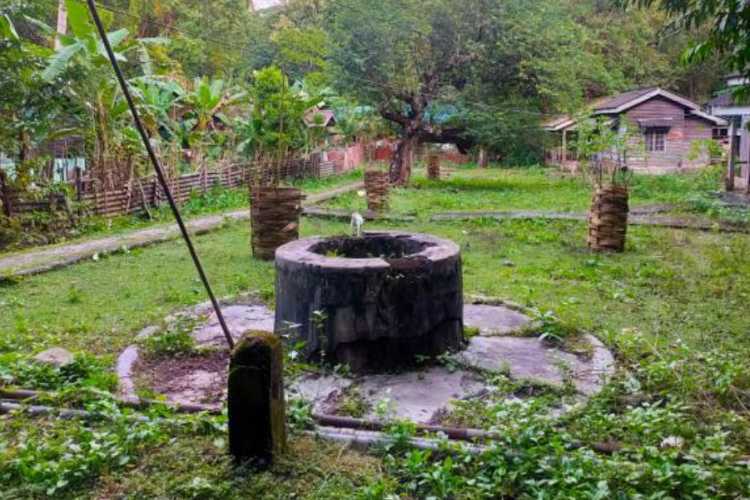
MGNREGA for water security: It is often said that the third world war will be fought over water. India, now the world’s most populous country, has reason to take the warning seriously. Most of the country already faces water scarcity, and villages in several states have run dry. Against this backdrop, the government’s decision to channel a large share of Mahatma Gandhi National Rural Employment Guarantee Act funds into water conservation signals a sharp change in priorities. Traditionally associated with rural employment, MGNREGA is being reoriented towards water management. Jobs remain central to the scheme, but the government has placed water at the core of that promise.
At its core, MGNREGA was conceived as a rights-based employment guarantee, designed to provide rural households with a minimum of 100 days of wage work each year. Over time, however, the scheme has also evolved into a vehicle for building durable assets — from rural roads to irrigation canals and farm ponds. With a budget now approaching ₹90,000 crore and a reach that touches nearly every village in India, it has become both a lifeline for the rural poor and one of the largest public works programmes in the world. The decision to reorient such a vast scheme towards water conservation reflects not just a shift in emphasis, but a recognition that sustainable livelihoods are inseparable from sustainable water resources.
READ | Electronics manufacturing needs policy shift for self-reliance
MGNREGA’s new mandate
The directive allocates 65% of annual funds to over-exploited groundwater blocks, 40% to semi-critical ones, and 30% even in non-critical areas. In 2024-25, much of MGNREGA spending was already linked to natural resource management under the Mission Water Conservation programme. What is new is the scale and compulsion. Nearly 5 lakh water works — from ponds to recharge structures — were completed during the year, with an expenditure of ₹17,889 crore, according to official data. Water conservation has now become the central thrust of India’s largest social-sector scheme.
India is both a global farm powerhouse and a rapidly urbanising economy, yet ranks among the most water-stressed countries. The Central Ground Water Board’s 2024 assessment shows that 11% of groundwater blocks are over-exploited, with extraction exceeding natural recharge. Another 13.5% are classified as critical or semi-critical. Together, nearly one in four blocks is in severe distress.
The story behind the numbers is stark: overdrawn aquifers, vanishing ponds, and rising competition among farmers, households, and industry. Policy choices have made matters worse. Water-intensive crops such as paddy and sugarcane continue to be cultivated in unsuitable regions, encouraged by procurement policies and export demand. Subsidised electricity fuels indiscriminate pumping of groundwater. Urban sprawl has covered natural recharge zones, while climate change has delivered erratic monsoons swinging between droughts and floods.
The MGNREGA budget for 2025-26 is ₹88,000 crore, creating one of the largest pipelines ever for water conservation. No other scheme matches its scale or reach. Unlike centralised initiatives, MGNREGA functions at the village level, making interventions responsive to local geography — rainwater harvesting in Rajasthan, farm ponds in Maharashtra, check dams in Karnataka. With priority to “dark zones,” or regions facing acute depletion, the scheme could target the most vulnerable aquifers.
From relief to prevention
Water policies have traditionally been reactive, with governments announcing relief after droughts or crop failures. The new directive tries to change that. By embedding water conservation into MGNREGA, the Centre is shifting from crisis management to prevention. The assets created — ponds, tanks, recharge wells, watershed structures — could provide not just short-term employment but lasting ecological resilience. Stronger rural water security, in turn, could reduce dependence on MGNREGA itself by making agriculture more viable.
Across Africa and West Asia, water stress has triggered political and social conflicts. India’s attempt to prioritise conservation within its flagship employment scheme can be read as insurance against similar risks. Yet, caution is warranted. Past experience shows that MGNREGA water assets often suffer from poor design, weak maintenance, and little community ownership. In some states, expenditure has not translated into durable outcomes.
The challenge is to reconcile employment generation with ecological sustainability. If projects fail to create meaningful labour opportunities or appear irrelevant to local needs, the scheme will lose credibility. Aligning conservation goals with livelihood concerns will decide whether this strategy succeeds.
